-

At the graduation exhibition
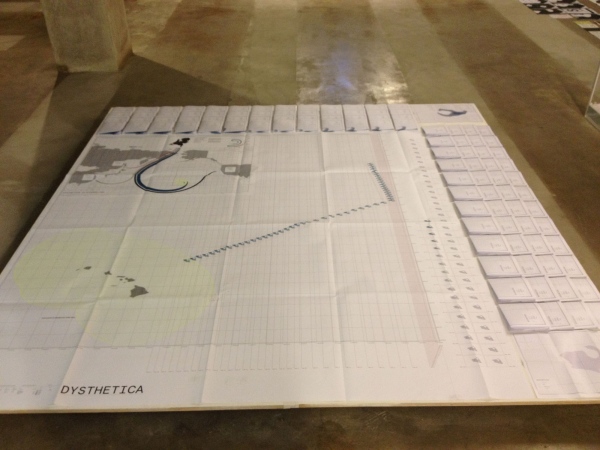
Part 1; the map of Dysthetica's route and transformation
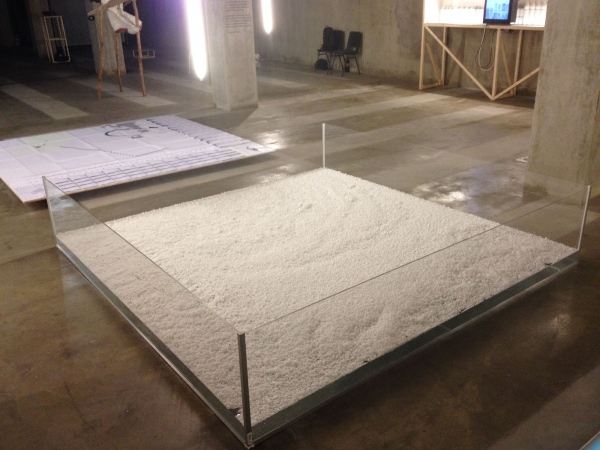
Part 2; 80 000 plastic particles, the equivalent of the amount of particles in 1 square kilometre in the North Pacific Garbage Patch squeezed together in a basin of 2,5 by 2,5 metres
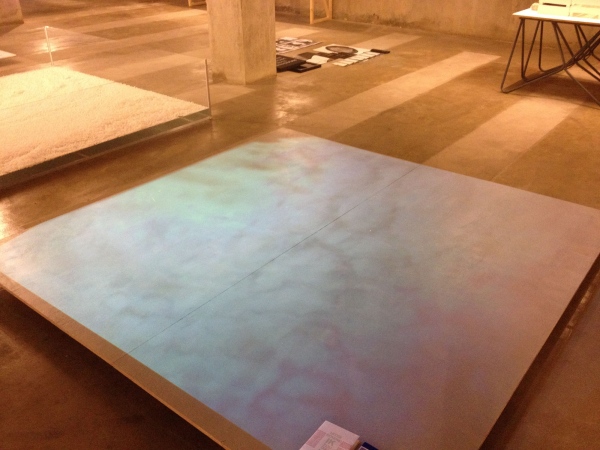
Part 3; projection of what 2,5 by 2,5 metres of the North Pacific Garbage Patch actually looks like, showing precisely the urgency of the Garbage Patch, since one can't see most of the particles when you sail through
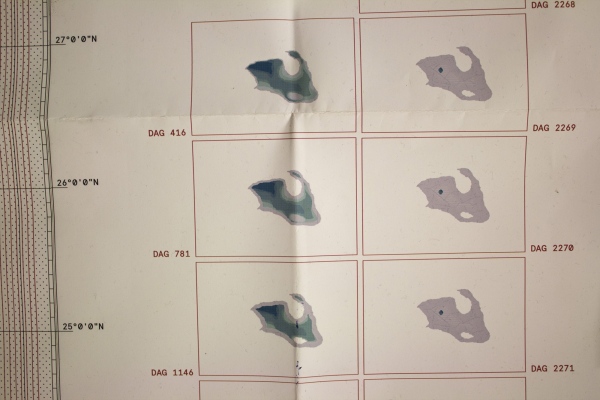
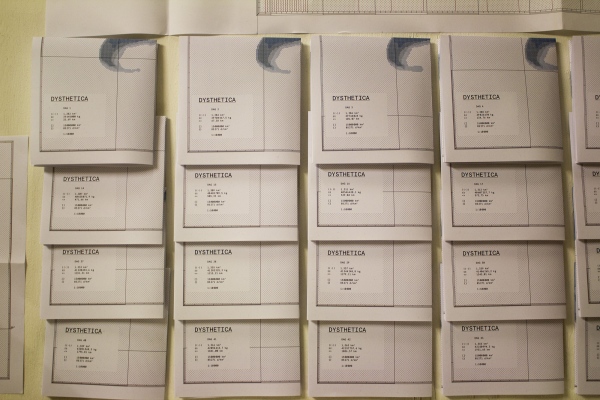
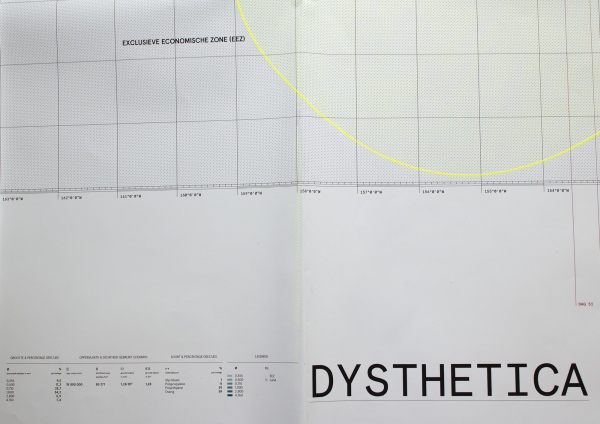
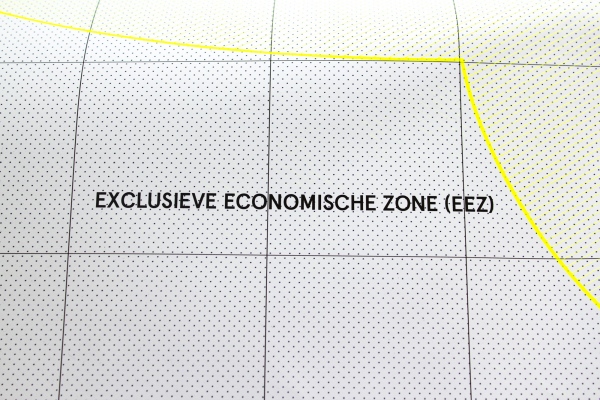
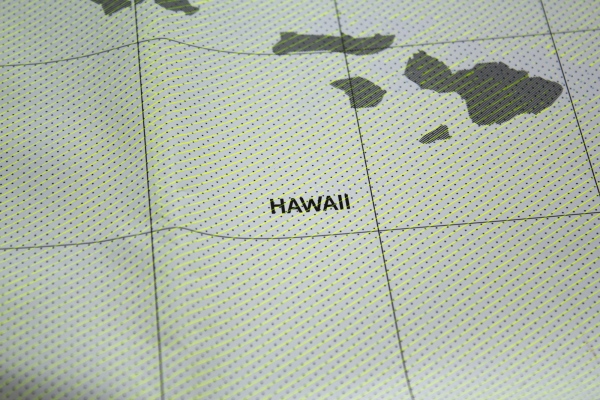
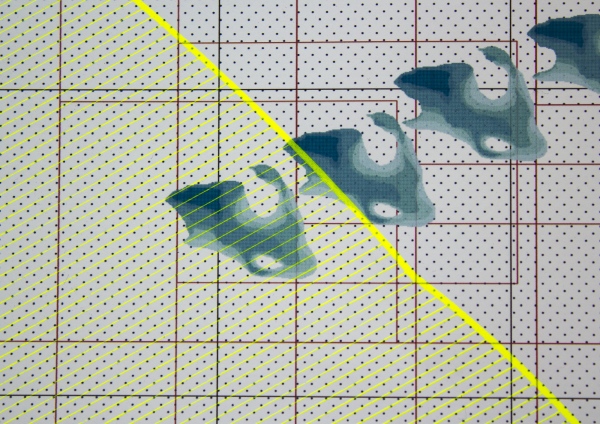
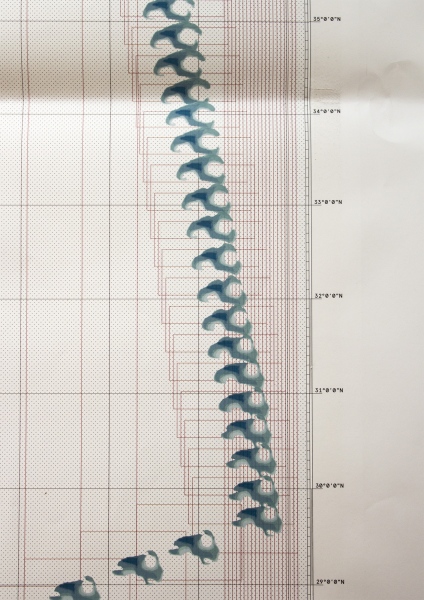
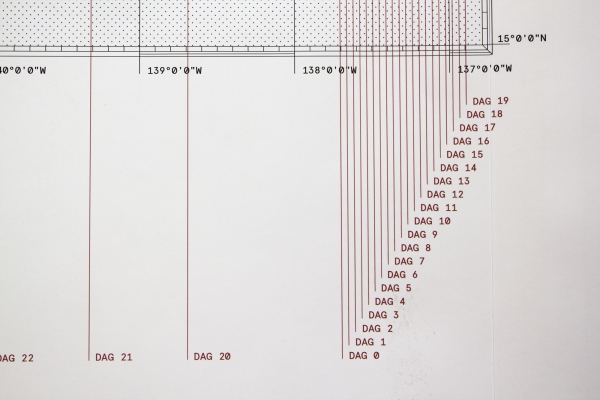
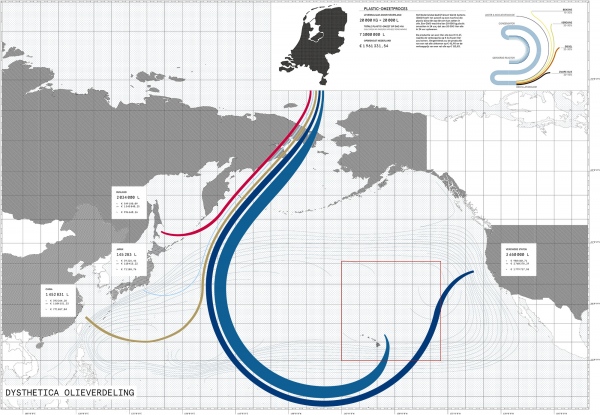
Map of the oilproduction and dividing proces
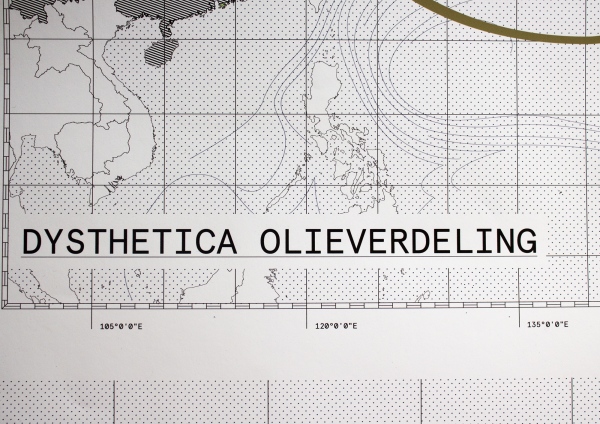
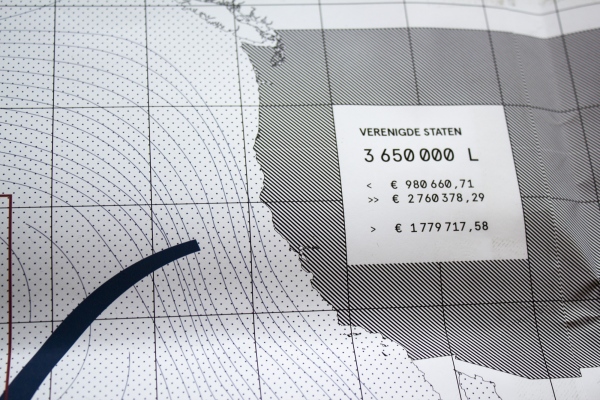
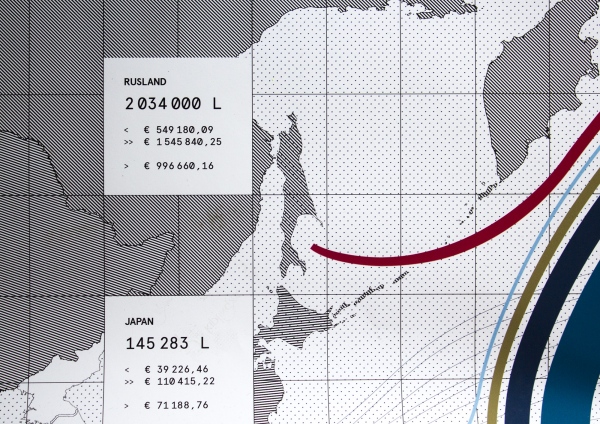
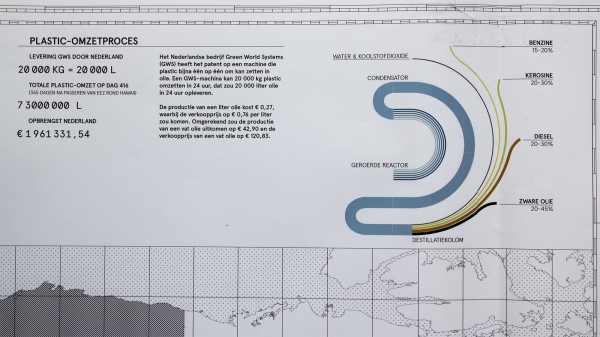
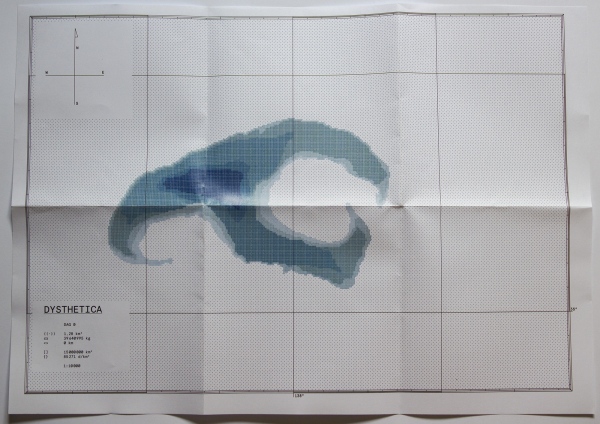
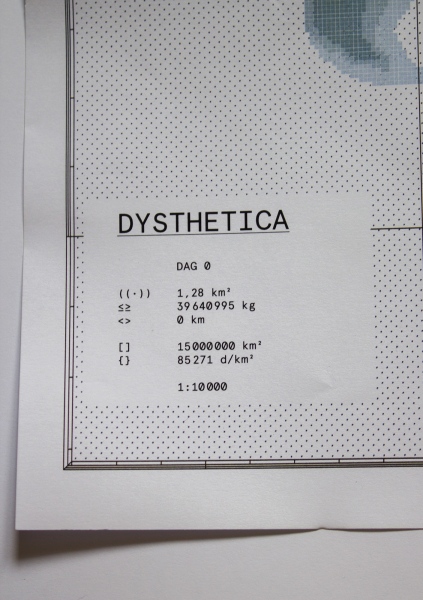

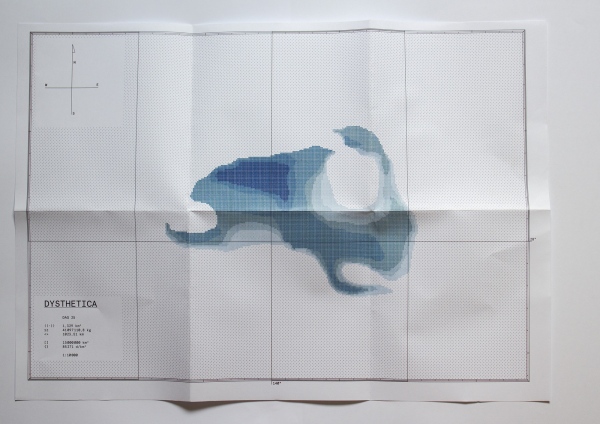
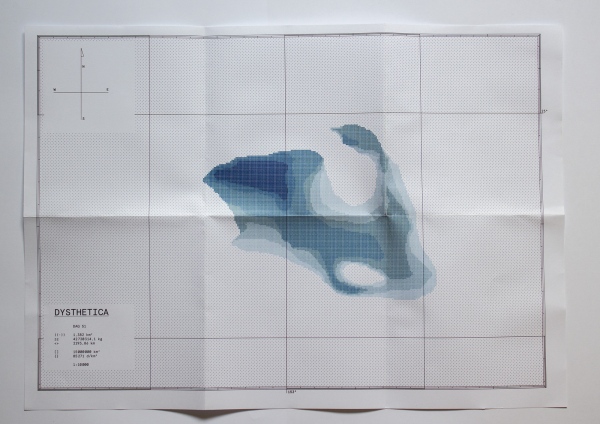
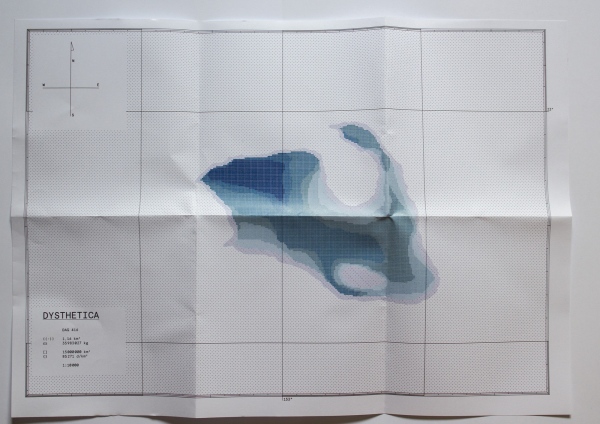
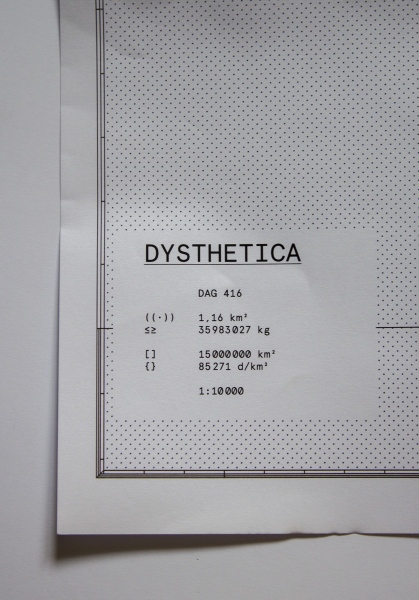
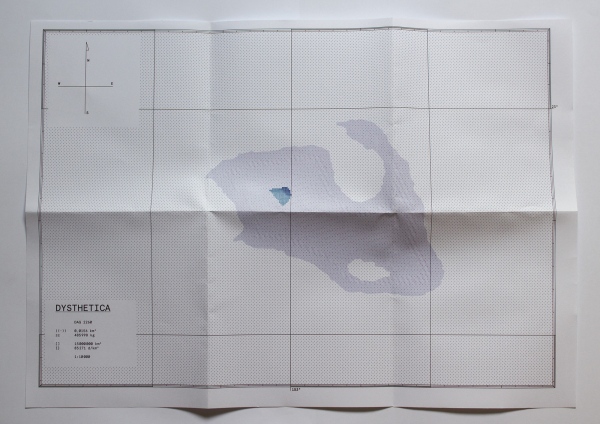
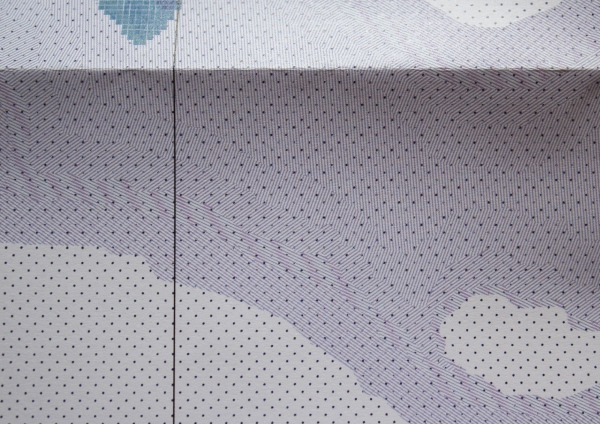
-
1
At the graduation exhibition
-
2
Part 1; the map of Dysthetica's route and transformation
-
3
Part 2; 80 000 plastic particles, the equivalent of the amount of particles in 1 square kilometre in the North Pacific Garbage Patch squeezed together in a basin of 2,5 by 2,5 metres
-
4
Part 3; projection of what 2,5 by 2,5 metres of the North Pacific Garbage Patch actually looks like, showing precisely the urgency of the Garbage Patch, since one can't see most of the particles when you sail through
- 5
- 6
- 7
- 8
- 9
- 10
- 11
- 12
-
13
Map of the oilproduction and dividing proces
- 14
- 15
- 16
- 17
- 18
- 19
- 20
- 21
- 22
- 23
- 24
- 25
- 26
Dysthetica
Dysthetica (my graduation project) is a possible scenario of what could happen to the plastic in the North Pacific Garbage Patch (referred to as NPGP). The NPGP is located in the North Pacific Gyre and contains tons of plastic we [humans] dumped into the ocean. Due to the fact that there's a constant high pressure system in the air above the Gyre, there's very few wind and almost no sea currents, all plastic dumped into the ocean will eventually gather in the Gyre and will desintegrate into very small particles (5 mm or smaller). The media often (falsly) refers to this very urgent problem as 'The Plastic Island', which of course isn't a real island but more some sort of soup.
I found the thought of it as an island very interesting, because what if it were an island? Such an island would, due to the little wind and sea currents the island (I called Dysthetica) would float to the Exclusive Economic Zone (EEZ) around Hawaii in 51 days. An EEZ is a zone of 200 nm out of the coast of each country in which that country has the right to claim the resources that are in the ground and catch the fish swimming within that zone. If you'd refer to plastic as a resource, the island crossing the EEZ border would mean that the plastic is for the USA to claim.
There's a problem here, because plastic is a waste product, it'll only cost money and half of the plastic is coming from North Asia. And the USA would probably not clean up after other countries. There is an up-side though. A company (Green World Systems) in The Netherlands has developed a machine that can turn plastic into oil. Dysthetica would then turn into a floating oilfield. The machine has a capacity of 20000 kg plastic into 20000 liters of oil in 24 hours. Using that machine would mean that the plastic would be cleaned from the ocean in 6 years and 49 days.
__
Size
Map:
2000 x 2000 mm
297 x 420 mm
Basin:
2440 x 2440 mm
Projection:
2440 x 2440 mm//
-
1
Rianne Hulshof ©
Built with Berta.me
